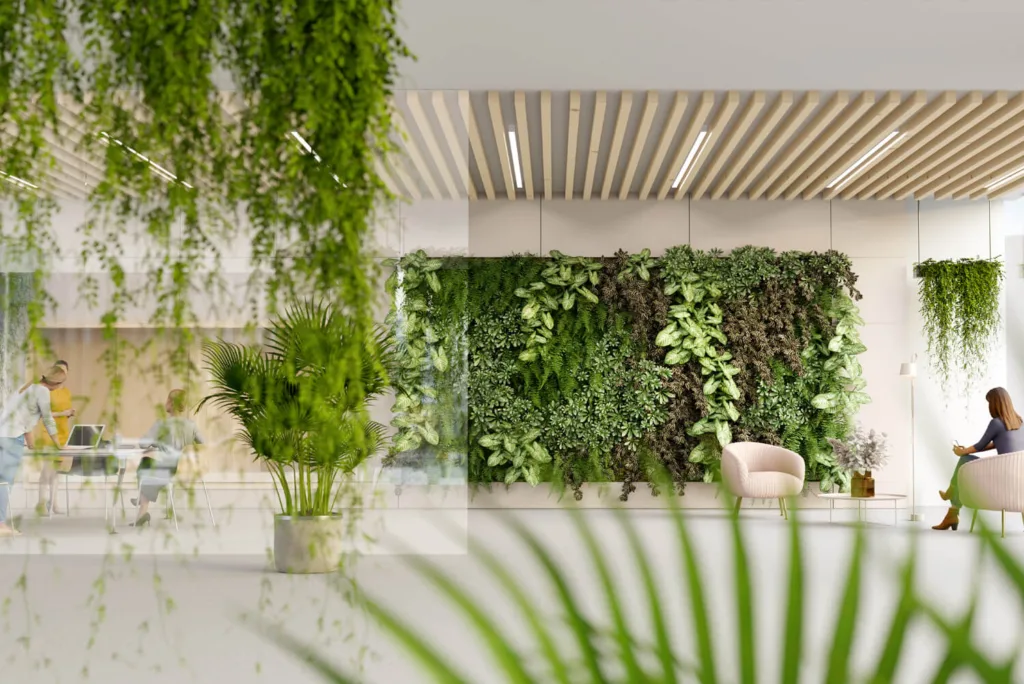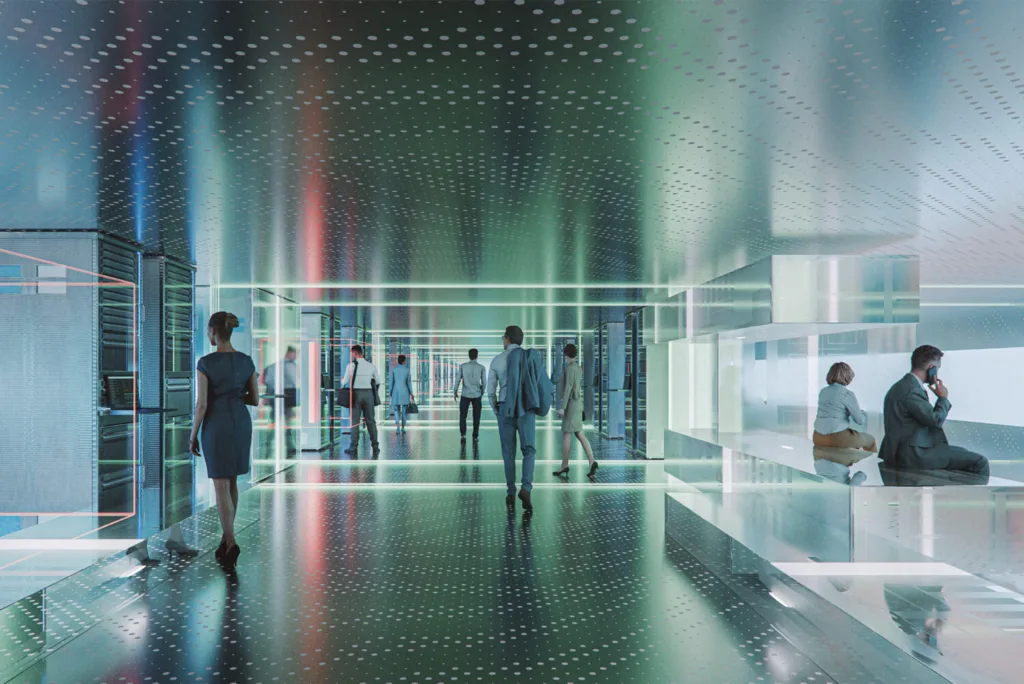This article originally appeared on Propmodo.
PropTech means something different to every commercial real estate professional, each possessing varying levels of implementation urgency. And while landlords remained largely unscathed from digital disruption until recently, those days are behind us and investing in PropTech is critical in order to attract high-growth tenants that will increase property value and NOI.
For every landlord trying to hold off on a PropTech investment, there’s a tenant making a decision to lease an office space because of its focus on digital consumerization of the end user experience. Tenants are in an all out battle for talent and one of the easiest competitive differentiators they can control is their office environment.
To win in the talent war, businesses need to boast an exceptional workplace, chock full of amenities, bolstered by a strong community and local neighborhood, with access to the best services. Yes, candidates still search for smart teams, great managers, a business with shared values and an admirable mission – but often, and without even recognizing it, a candidate makes a snap judgement on a company based on the office experience. According to Fidelity, 25- to 35-year-olds said they’d be willing to take a paycut for a better office situation.
Commercial Real Estate is a User Experience Business
As technology continues to disrupt every industry, there is a huge shift in value from physical assets to user experiences. Two glaring industries that have undergone this transformation: hotels and taxis. Ten years ago, all the money in those industries was made on the physical buildings and cars. Now, Uber owns no cars and is worth close to $50 billion. They boasted 40 million rides in 2017 alone. Airbnb owns no hotels and none of the apartments listed on its site, and is valued at $30 billion with ~100 million guest arrivals in 2017.
Airbnb envisioned a better travel experience where people could share space, and experience a location like a local, all exchanged from a mobile device. Uber envisioned a better transportation experience where travelers can hail a ride from a nice car, with a nice driver, by simply pressing a button on their phone.

WeWork is the commercial real estate validation of this thesis. Tenants, whether they are a single freelancer, a 25 person creative agency, or an entire enterprise team, are flocking to WeWork because of the experience. The value is moving away from the physical asset because the software layer enables a better user experience.
The Connected Tenant
As the services industry – financial services, lawyers, etc. – begin to occupy less space, TAMI (technology, advertising, media, and information) businesses have moved up to become the most desired tenants by commercial real estate owners. But, here’s the problem for traditional landlords: TAMI tenants expect much more from their workplace experience.
As an industry monopolized by the millennial population (according to Deloitte [PDF], millennials will make up 75 percent of the workforce by 2025), tenants in the TAMI sector, which we like to refer to as the “Connected Tenant,” expect the best in amenities, want to be part of a strong community of like-minded movers and shakers, and anticipate access to tech-enabled experiences.
When TAMI clients move in, they bring connected tenants who expect to interact with their building in a way that mirrors how they interact with everything else in their life: from their phone. Based on my conversations with hundreds of tenants in the commercial real estate office sector, the consumerization of so many different products and services has led to an entirely new set of tenant expectations for an exceptional office experience. So many of the daily activities the average tenant partakes in are driven by or incorporate their phone in someway, and they expect that to bleed over into their work life.
Connected tenants want to be able to use their phone to discover and claim amenities exclusive to their building or their neighborhood. Connected tenants want to be able to use their phone to find, RSVP, and partake in office experiences, such as yoga classes, happy hours, or free coffee in the lobby. Connected tenants want to be able to navigate their commute from their phone, including public transportation alerts, shuttle access, parking garage and building entry integration. Connected tenants expect to be able to register visitors from their phone, and they expect to be able to book common areas or conference rooms from their phone. Connected tenants are so used to communicating via text message or Slack, and they expect a similar experience within their office community. At a bare minimum, they expect to be able to receive notifications, alerts and messages about their office from property and asset managers on their phone.
A Software Interface for Your Building
Digital disruption is not just a buzzword, it demonstrates growth, innovation, efficiency, capital investment, modernization, and creates entirely new value for a market. In today’s economy, consumers expect every single company to be a tech company. Example: Sweetgreen is not just a quick serve salad company with the freshest ingredients, they are a tech company. They’ve implemented a software interface to truly differentiate their salad experience and now, more than 50% of sales are from orders placed through its app).
For commercial real estate landlords, this doesn’t mean they need to learn how to code or start poaching talent from startups in Silicon Valley. Instead, they must implement turnkey interfaces that transform their property into tech-enabled experiences that tenants will love.
In addition to creating a competitive tenant experience, office owners and operators will gain access and insight into tenant data they’ve never seen before that will directly impact CAPEX. Currently, landlords only know the name of the companies in their building, the office manager, and the names of a few C-level executives. Access to demographic information alone will make a huge difference on the workplace experience that landlords can provide to stand out.

The benefits of tenant data are far reaching. Demographic information just scratches the surface of benefits to owners and operators. Landlords can battle commercial real estate commoditization with smart insight to help tenant retention (and recruitment) – everything from investment decisions, risk factors, what to build, for whom, and when. Rather than issuing a retroactive survey to tenants in order to gauge satisfaction, landlords can view data that informs smart, proactive strategies that will ensure tenant delight. And, by understanding in real-time how tenants act and what tenants value, landlords can build the type of strong tenant relationships that will ultimately grow their portfolio.
There will no longer be any excuses for landlords that don’t implement a software interface for their property. It will come down to which commercial landlords ignore technology altogether, and the ones who find a partner, find a way to embrace technology, and succeed.


